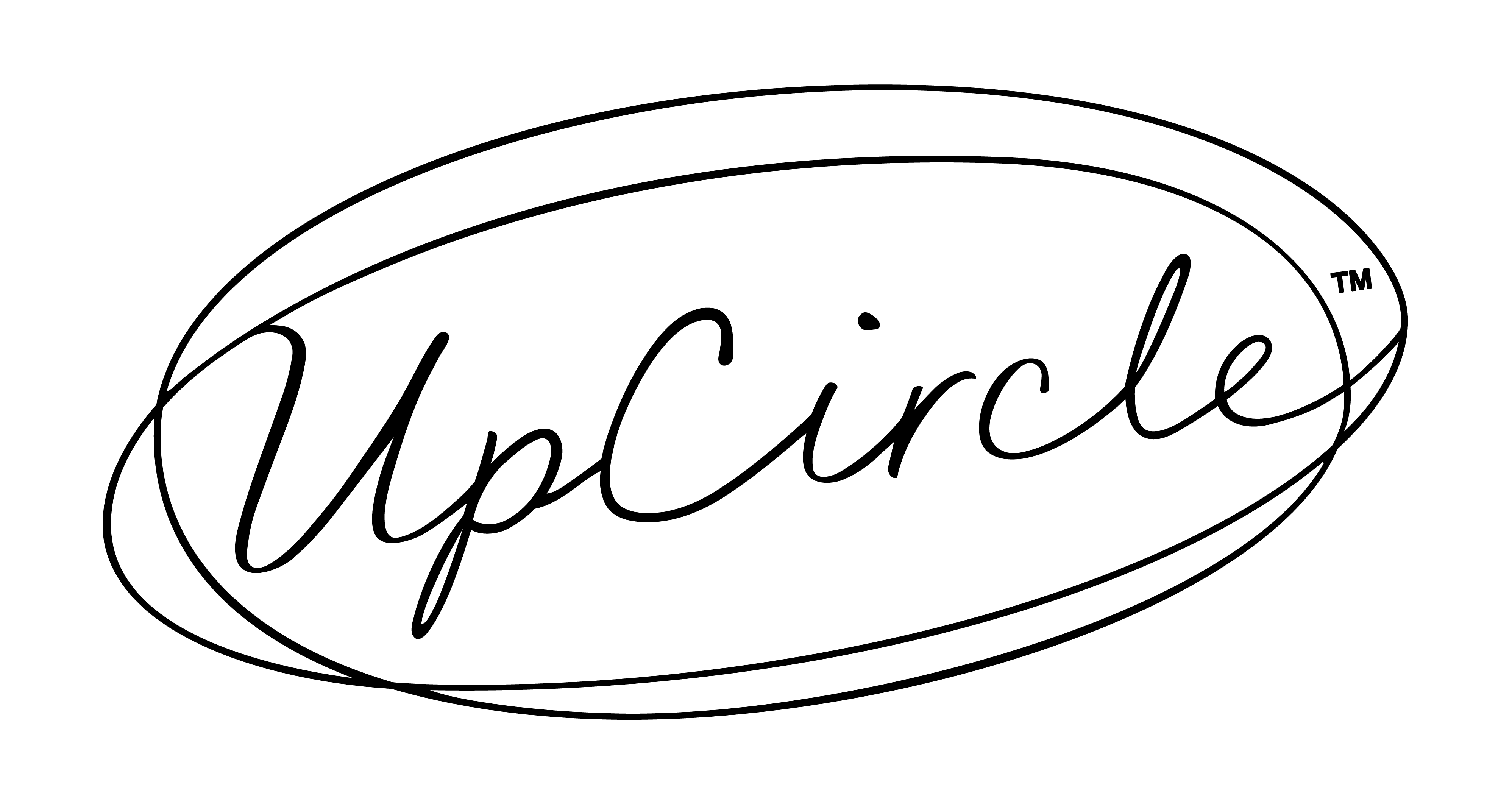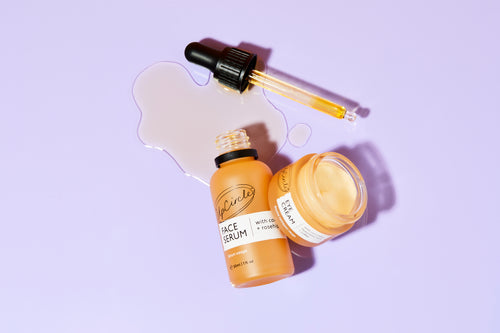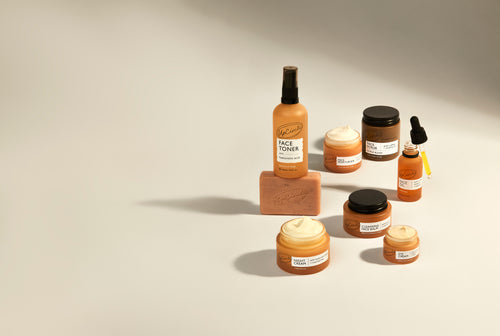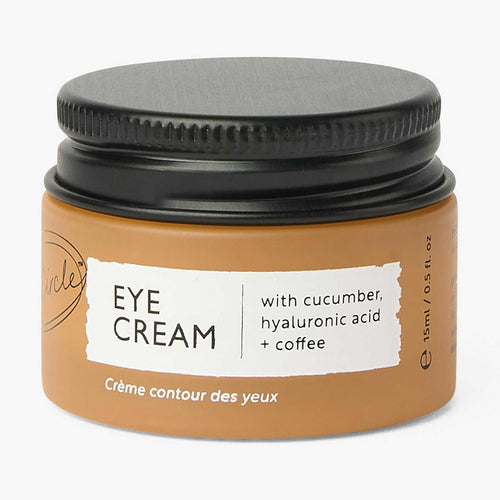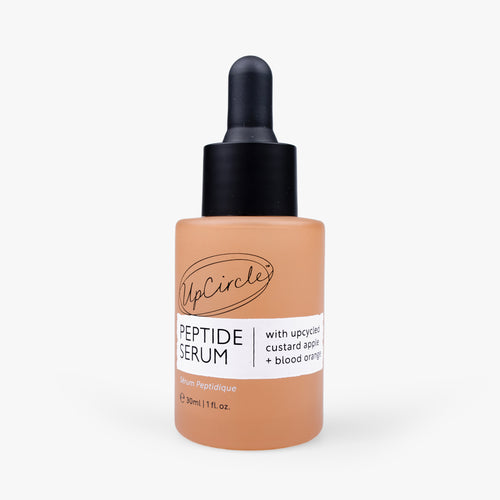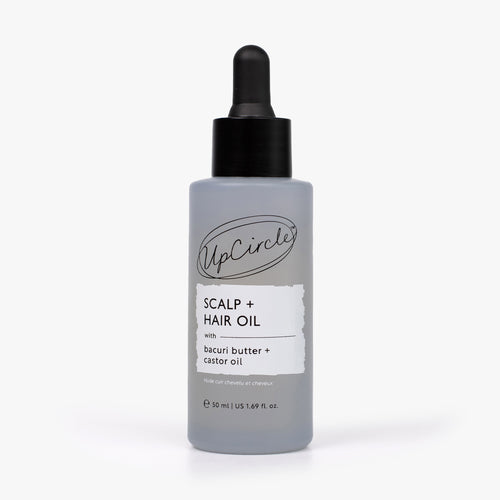Cellulite, the dreaded tell-tale dimples that can give skin a lumpy, dull appearance. Despite what you may think, it’s extremely common. In fact, the vast majority of women will experience cellulite at some point over their lives. Yes, even the seemingly flawless “insta models”. Regardless of whether you’re a model or not, it’s completely normal and acceptable to have dimples on your skin – whether that’s on your stomach, thighs, bum.. or all over!
We believe that it’s more important than anything to love your body, dimples and all! So, rather than agonising over how to banish cellulite (not an easy task), it’s crucial first and foremost to know that you don’t need to! #BodyPositive
Regardless, there are certainly steps you can take to help minimise its appearance, and caffeinated skincare is a well-known cellulite buster – so we thought we would share some insight.
What is cellulite?
Orange-peel skin, cottage-cheese skin, hail damage – cellulite has a plethora of not-so-nice nicknames. But what actually is it? Cellulite is not, despite the beauty myth, an indication of having too much fat. But it is caused by fat cells (which of course, everyone naturally has). Cellulite is caused by the interaction between the connective tissue in the layer of your skin that lies just below the surface, and the layer of fat just below that.
It’s like a pizza – the dough is your fat layer, the tomato sauce is the dermatological layer in the middle, then the cheese is your top layer of skin. You know when pizza dough has air pockets in it, causing the base layer of your pizza to balloon up through the layers of tomato sauce and cheese when cooked? Well, in a similar way, sometimes your fat cells can press into the above layers of your skin (the tomato and cheese layers), giving the appearance of dimples – a.k.a cellulite.
Because everyone has this fat layer underneath their skin, everyone can experience cellulite, including men, although it’s more common in women due to us gals naturally having a higher percentage of body fat. Damn genetics.
What causes cellulite?
Cellulite is a complex issue that is not fully understood, and like most complex bodily niggles, it can be caused by an array of factors. Hormones can play a significant role in developing cellulite; culprits such as oestrogen, insulin, noradrenaline, thyroid hormones, and prolactin are all part of the cellulite production process. Oestrogen is a particularly guilty-looking hormone.
One theory is that as women’s oestrogen levels decrease when approaching menopause, the blood flow to the cell tissue under the skin also decreases. This means that less oxygen reaches these areas, resulting in a reduction in how much skin-friendly collagen is being produced. Not only this, but with a drop in oestrogen, fat cells enlarge, increasing the chance of cellulite occurring, as it increases the chance of your fat cells pressing into the above skin layers. This isn’t helped by skin becoming thinner and less elastic with age, making it easier for fat cells to protrude through. But age is not the only factor.
General lifestyle choices, such as smoking, a lack of exercise and a diet that includes too much fat (particularly polyunsaturated fatty acids), carbs, salt and not enough fibre can also increase your chance of having cellulite. Then there are the factors completely outside of your control – your genetic makeup that controls your metabolism, the distribution of fat under your skin and your circulatory levels can all affect your chance of having cellulite. Cheers, Mum & Dad.
With all these possible factors potentially contributing to your dimpled skin, it’s unsurprising that around 80-90% of women will experience the joys of cellulite. The bad news is that once you have cellulite, it can be extremely difficult to remedy, even if you’re an avid gym goer and juice drinker. Given that we are (practically) all in it together, it simply isn’t worth stressing over. If we can love cheek dimples, why can’t we love bum dimples?
Scrub-a-dub-dub
There are a few beauty tricks that can help to improve the look of your cellulite-prone zones. Our favourite has to be using a natural body scrub! Scrubs help to remove dry, dead skin cells and stimulate blood circulation, leaving your skin soft and invigorated.

Coffee all the way
The exfoliant that sits in our #1 hot spot has to be coffee. Coffee is a great natural exfoliant, but its texture isn’t its only winning characteristic.
Caffeine dilates your blood vessels, meaning that when you use a coffee scrub you help stimulate blood flow to the treated areas. Remember when we said that reduced blood flow leads to less oxygen causing a reduction in collagen production? Well, by increasing your blood flow, coffee scrubs can help stimulate collagen production, keeping your skin looking smooth and firm (not bad eh?)
Then there are the benefits of actually massaging your skin with a coffee scrub. You’re not going to throw the scrub on your skin and just leave it there. By applying the coffee scrub in circular motions, you’ll be giving yourself a mini body massage that will stimulate cell activity and collagen production. Which is all good news on the skin front.
In our body scrub range, we combine coffee with other naturally nourishing ingredients, like lemongrass and peppermint. When applied regularly – around 2-3 times a week – coffee scrubs can help to significantly minimise the appearance of cellulite. Plus, you’ll smell delightful as a result!
So, whilst #CelluliteSaturday is an Instagram trend which we are happy to see thriving, we hope some of the above can at least help you to understand what causes the C word to appear.
And remember, we’ve all got cellulite… so what?

